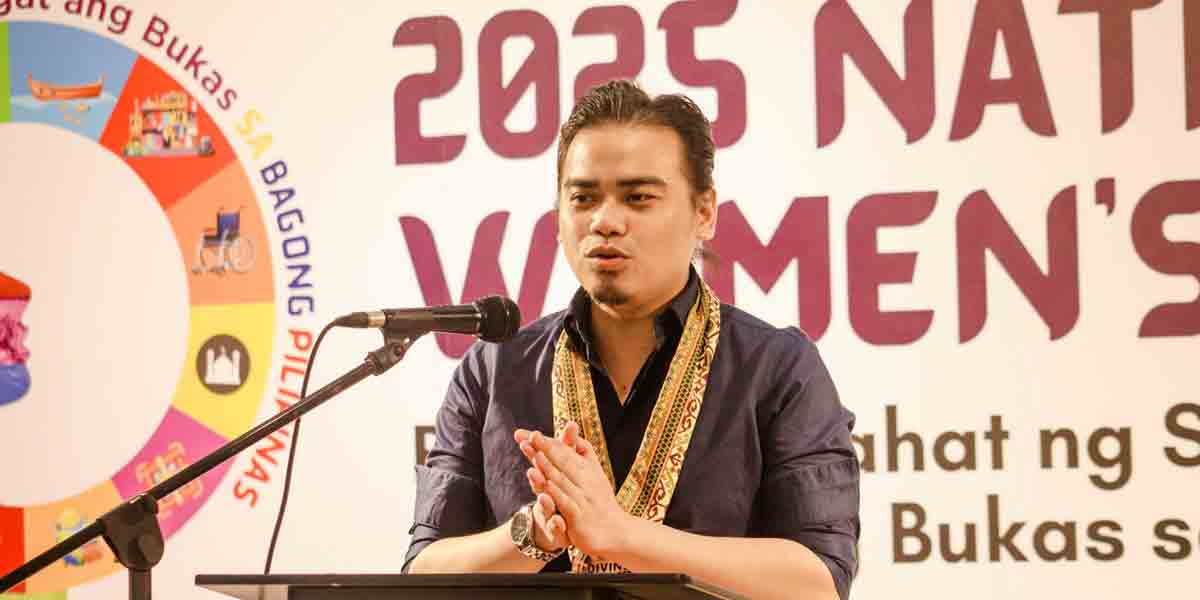By Mary Barby P. Badayos-Jover, PhD
As Iloilo City celebrates its 84th Charter Day today, I cannot help but reflect a little on my gender journey in the city I was born and raised in. I feel privileged that the contexts in which I grew up in within this “most loyal and noble city” were ideal in nurturing my own scholarship and advocacy on gender. After all, this city produced stalwarts in the history of the Philippine Feminist Movement, such as Patrocinio Gamboa and Purificacion “Pura” Villanueva Kalaw. In Iloilo, I met and interacted with passionate women who mentored me on significant gender issues and topics, at the time when these were barely part of national discourse. I witnessed how these same women established alliances anchored on shared gender advocacies, which included the drafting, approval and implementation of the city’s Gender and Development (GAD) Code. Years later, I was even part of the group that reviewed and updated said GAD Code. Then there was also the time the LGU awarded me as one of Iloilo City’s Outstanding Women in the field of academe. Such honor is part of my motivation in having this column that aims to emphasize the importance of gender-related matters in our lives, and endeavors to heighten gender awareness among the readers in Iloilo City and beyond. Which now brings me to one other significant event being commemorated in the Philippines every August, since 2009—The enactment of the Magna Carta of Women (MCW).
This year we are celebrating the 12th anniversary of the Magna Carta of Women, which was signed into law on August 14, 2009. The law “seeks to eliminate discrimination against women by recognizing, protecting, fulfilling and promoting the rights of Filipino women, especially those belonging to the marginalized sectors of society” (https://pcw.gov.ph/republic-act-9710-magna-carta-of-women/). The MCW is essentially a concretization of the Philippines’ commitment to the provisions of the 1979 UN Convention on the Elimination of Discrimination Against Women, more popularly known as the CEDAW. The Philippine Commission on Women lists the following as the Magna Carta’s salient features:
- Increasing the number of women in third level positions in government to achieve a fifty-fifty (50-50) gender balance within the next five years while the composition of women in all levels of development planning and program implementation will be at least 40 percent;
- Leave benefits of two (2) months with full pay based on gross monthly compensation for women employees who undergo surgery caused by gynecological disorders, provided that they have rendered continuous aggregate employment service of at least six (6) months for the last twelve (12) months;
- Non-discrimination in employment in the field of military, police and other similar services that include according the same promotional privileges and opportunities as their men counterpart, including pay increases, additional benefits, and awards, based on competency and quality of performance.
- Provision for equal access and elimination of discrimination in education, scholarships, and training. Thus, “expulsion, non-readmission, prohibiting enrollment, and other related discrimination of women students and faculty due to pregnancy out of marriage shall be outlawed.
- Non-discriminatory and non-derogatory portrayal of women in media and film to raise the consciousness of the general public in recognizing the dignity of women and the role and contribution of women in family, community, and the society through the strategic use of mass media; and
- Equal status given to men and women on the titling of the land and issuance of stewardship contracts and patents.
We can go over each of these salient features and rate how far we have come in achieving our gender equity and equality aims in the past 12 years. Such assessment is directed not only to the national government but to the LGUs as well; and even to each of us individually. Have we contributed to the fulfillment of the Magna Carta of Women’s purposes? Or have our actions derailed the full implementation of this law?
More than ensuring women’s substantive rights, the Magna Carta emphasizes the government’s responsibility to actively work towards the goal of ending discrimination against women. The aim then is to work towards elevating women’s societal position so that they, too, can enjoy whatever benefits are accorded to men, without having to strip men of their own rightful opportunities. While this objective seems logical enough, we have witnessed how women still had to continuously struggle to achieve whatever gains they have now. Even our first Olympian Gold Medalist was vocal about the difficulties she encountered. Yet we women persevere. Because we know that someday soon, being an achiever in weightlifting, boxing, skateboarding, politics or any other domain traditionally associated with males, will no longer be a surprising occurrence. So I hope that as we Ilonggos commemorate our city’s charter, we do not forget the legacy of our feminist mothers that eventually led to that charter of liberties known as the Magna Carta of Women.
















